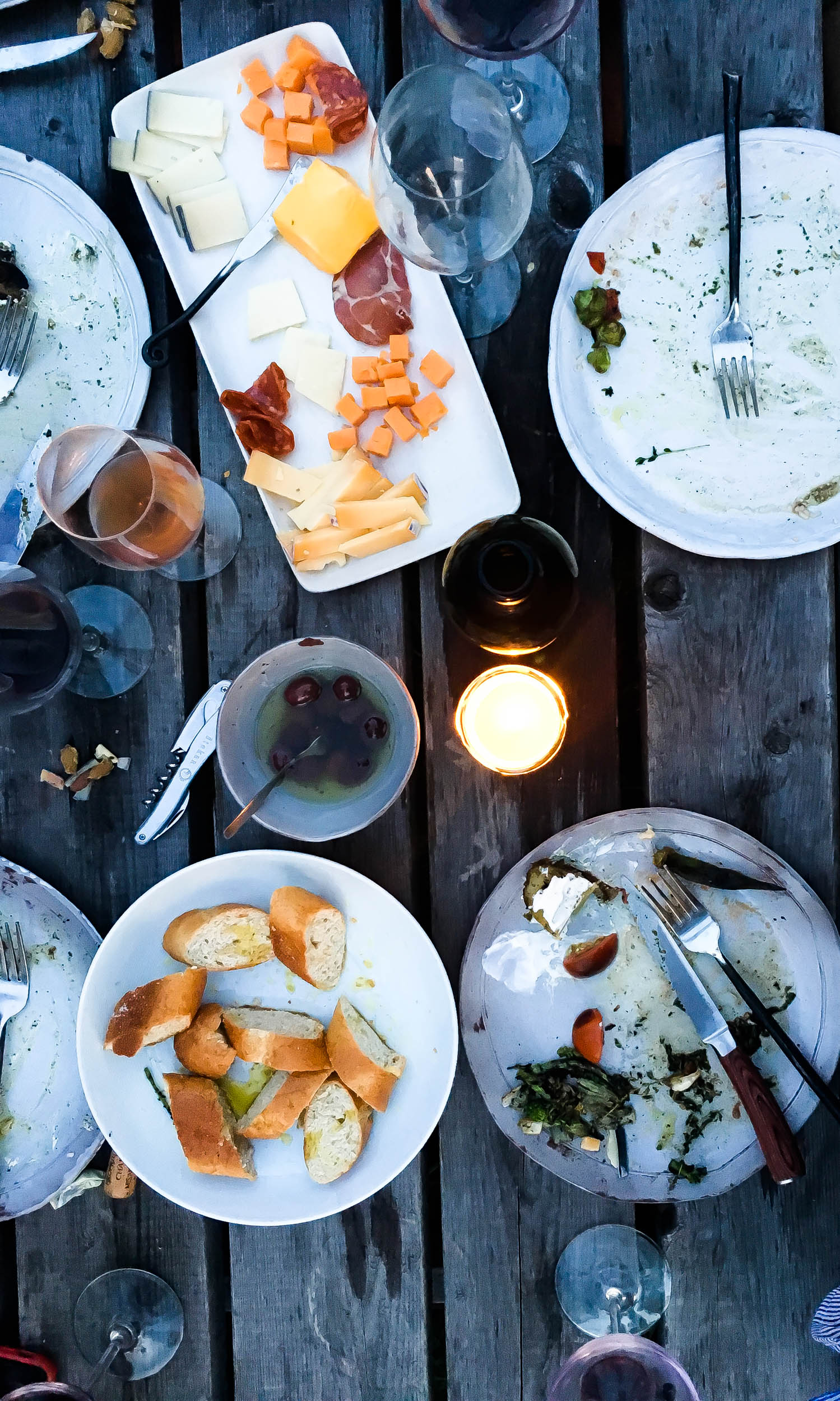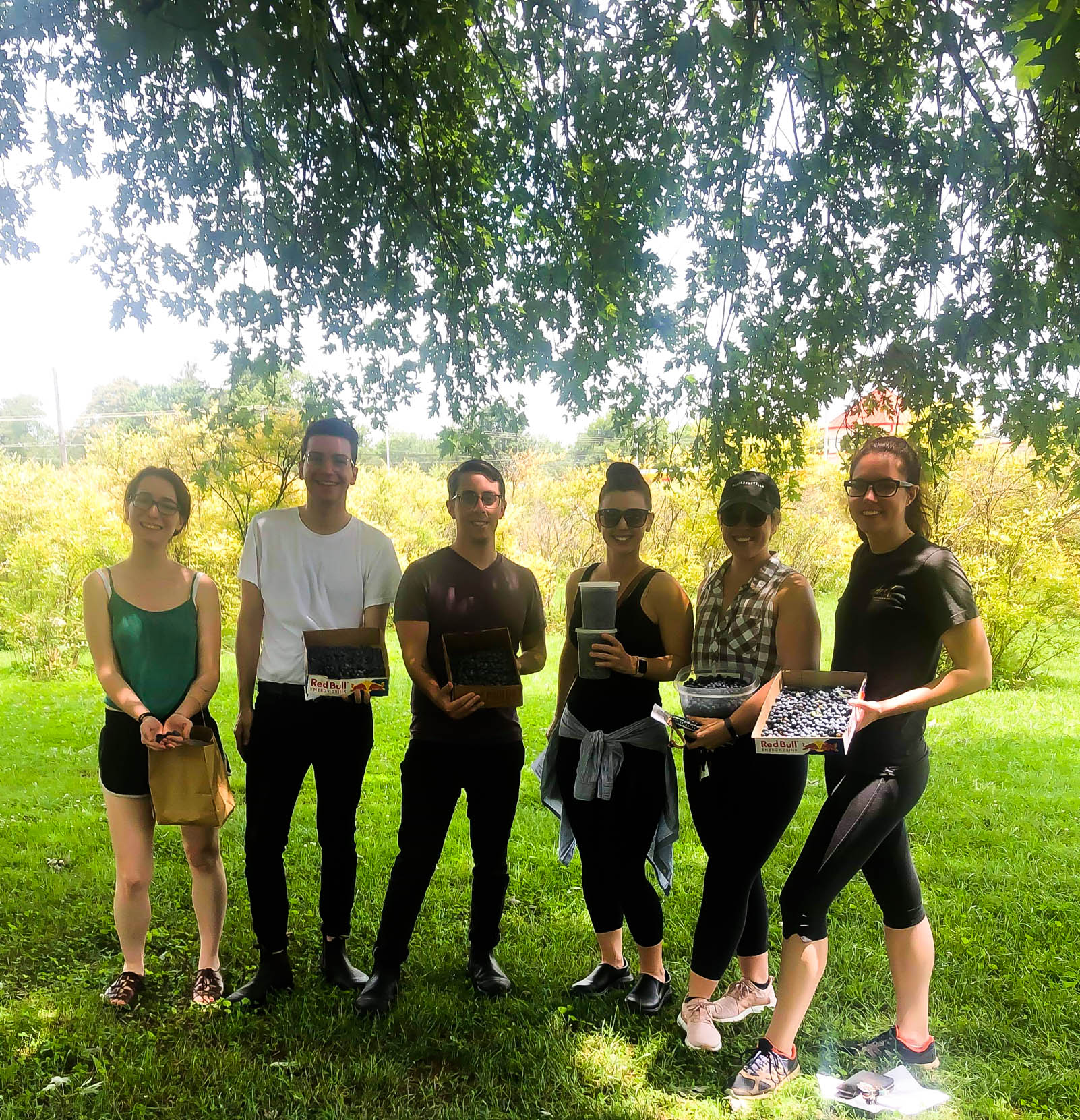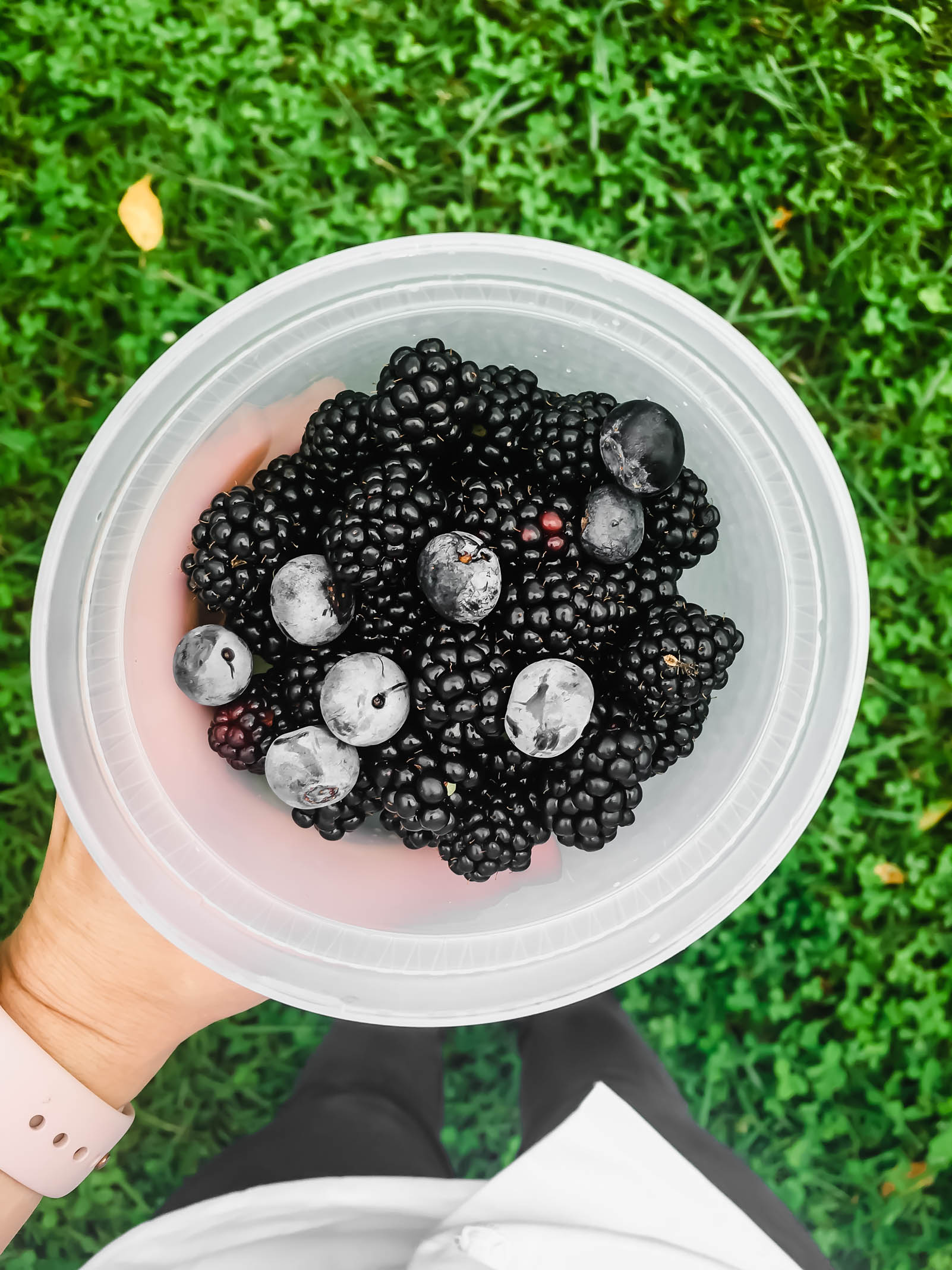10 Lessons from Spending a Summer in a Restaurant Kitchen
/I spent the last three months completely immersed in the world of fine-dining. Days were spent mixing, chopping, baking, and preparing to perfection all of the components for each of the nine desserts on the restaurant’s ever-changing menu. As the sun faded, the hum of the dining room got louder and orders would begin pouring in. I began to listen for the soft click of the ticket machine, rhythmically announcing order after order and the team moved around our station as some sort of kitchen waltz, placing quenelles of ice cream and pieces of pie on plates, careful not to bump into each other thus interrupting the rhythm of the night. And then, just like that, it would all come to a halt. The night was over, the last table had been served, and it was time to clean up and go home, only to return again in 12 hours for another performance.
I have been a home cook and baker for the past 10 years, a serious study of the craft for the past 5, and an actual culinary student for the past 2 years. Regardless of my experience, I was nervous when I stepped in that restaurant kitchen in the beginning of May. I wasn’t sure if I was tough enough to hack it in an actual restaurant kitchen or if I had the skills that I needed to be successful. But, as the summer wore on, I began to gain my footing and find my place. My confidence increased with each day, and as I made recipes time after time, I started to view myself as a professional. I began to think about ways that I could apply all that I was learning in my own home kitchen, and how I could use these foundational principles and skills from the restaurant to help inform and educate other people, to help elevate our home cooking and broaden our culinary expertise.
All of that being said, here are 10 lessons that I learned from a summer spent in a restaurant kitchen.
Get yourself ORGANIZED.
Every day when we came in to work, the first thing that we did was create the day’s prep list. We went through our inventory, taking note of how much of each component we had, how much we would need for service that night, and throwing away anything that was no longer at its best. We then tackled each prep item, making sure that projects that would take the longest were completed first. No time was wasted and everything was completed efficiently and correctly. In my home kitchen, I often think about what needs to be done first, but because I don’t usually make a list or a plan, it is easy to get side-tracked. Having an organized plan helps to ensure that time and ingredients in the kitchen are not wasted.
There is a sweet and important balance between creativity and efficiency.
My favorite part of the summer was watching our executive pastry chef and sous pastry chef work together. One was an out-of-the-box thinker, coming out with ideas of how to use different ingredients in ways that no one else would ever think of. The other, a classically-trained pastry chef with experience managing large-scale bakeries, brought strong technique and pastry knowledge. You always hear that baking is science while cooking is art, but this summer challenged that notion for me. When the technical foundation is strong, there is an art and finesse that takes place in the pastry kitchen that is absolutely beautiful (and delicious)!
There is no use crying over curdled anglaise. or burnt jam. or too-hard caramel.
Mistakes happen. And that’s a good thing. If we never messed up, we would never get better or find out that something just doesn’t work. My first week, I was petrified of making a mistake and looking unqualified. (Which was very silly because mistakes were inevitable.) I quickly realized that even the executive pastry chef made mistakes and had recipes turn out badly and that messing things up is all part of the growing process.
Let seasonal produce inform your recipes and menus.
I was spoiled this summer. We had a full garden on property, access to the best and freshest produce, and all the berries I could dream of. Going into my externship, I definitely veered toward the chocolate/caramel kind of dessert camp, but I quickly learned the beauty of allowing what is growing outside to inform your desserts. There really is nothing better than eating a just-picked peach over a trashcan, juice dribbling down your chin. It takes an amazing amount of talent to create dessert components that elevate and support your peach, rather than cover it up. Figure out what is growing where you live, browse the produce aisles of your grocery store or farmer’s market, and let your findings inform your desserts.
Think outside the box.
Something that sets restaurant chefs apart from home cooks is the willingness to try anything in the spirit of innovation. One of the most delicious bites that I had this summer came from a dessert that was in the recipe-development stage at the end of my externship. A component of the dish was corn caramel. Not caramel corn, but caramel made with the milk that comes from scraping and squeezing out a corn cob. It was ridiculously good. And it was something I would never have thought to do on my own. I learned that herbs and vegetables have a place on the sweet side of things and that sometimes, the best ideas are the ones that are the most unexepected. (But remember, they won’t all work and that’s okay. - see lesson #3)
Embrace the multi-component dessert formula.
Before working in a restaurant, I would often wonder to myself what set these fancy, plated, restaurant desserts apart from my regular, at home, party desserts. TEXTURE. Each dessert on our menu had components that played with different textures and flavors. Something crunchy, something soft, something cold, something warmer, something salty, and the list goes on. Now, when creating new desserts at home, I will remember what I learned about layering flavors and textures. Instead of just making a cheesecake, can I add a candied nut, a sorbet or ice cream, a sauce that will take my cheesecake from good to great?
There are not many things that an immersion blender or a chinois can’t fix.
Remember how I said that mistakes happen? Well that’s true, but I also learned that many mistakes can be fixed with the right tools. A lumpy pastry cream? Immersion blend it. Little pieces of egg shell in your anglaise? Strain it through a chinois. Something just doesn’t look right? I would recommend immersion blending and straining before you throw it away and start over. These are miracle tools in the pastry kitchen.
Explore as many different areas of the kitchen as possible.
Before I started pastry school, I never imagined that I would enjoy making plated desserts. I liked ultra-simple American classics- brownies, cookies, muffins. Then, when I started culinary school and took my first breads class, I dove head first into doughs. I loved how precise and scientific, yet how tactile and romantic the whole bread making process was. As I continued to move through my studies, I found that I really enjoyed all of the components and artistry of plated desserts. I also found that I loved the blank canvas that cake decorating provided me. The moral of the story is, you never know what you will fall in love with until you try it. And you also never know when you will need to hand-temper chocolate in a pinch, so it’s important to diversify your skill set.
Master a few, ultra-important, crowd pleasing classics.
The foundations are important. One of the most popular desserts on the menu was a dark chocolate soufflé. My pastry chef worked hard to create a recipe that was sustainable for restaurant service and rose beautifully every time. Night after night, people would come up to the kitchen to sing the praises of the soufflé, or as many called it “the chocolate pudding thing”. Something as simple as a soufflé, when done excellently, makes a lasting impression. Make sure that your pie crusts is flaky, your cake layers are moist, and that your souffles always rise.
Don’t forget to dance.
Each day when we got to work, we would clock in, get our tools, tie our aprons and my pastry chef would ask the most the important question of the day. “What are we listening to today?”. We spent the summer mixing, stirring, and grooving to everything from soul classics to Israeli hip-hop, and the kitchen transformed from a scary and slightly intimidating space to a place that began to feel like home. At the end of the day, developing recipes, creating things with your hands, and feeding people brings so much joy. You can’t help but dance.
1- blueberry picking with the pastry team; 2- garden blueberries and blackberries picked just before service
* the exceptionally stunning photo of all of the rose was taken by my cousin Flora-Wellness. She makes the best cocktails and herbal concoctions and takes the prettiest pictures around. You can follow here @florawellness.







